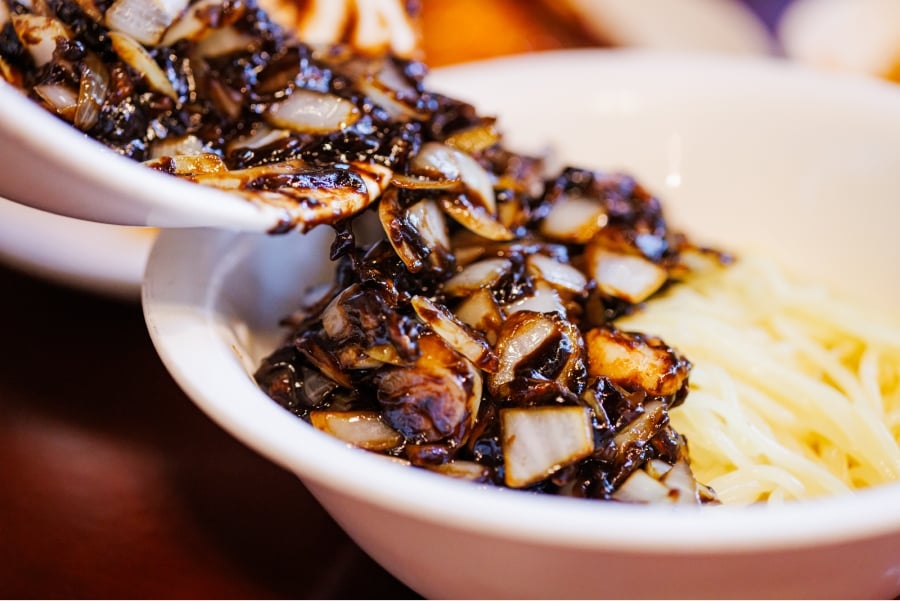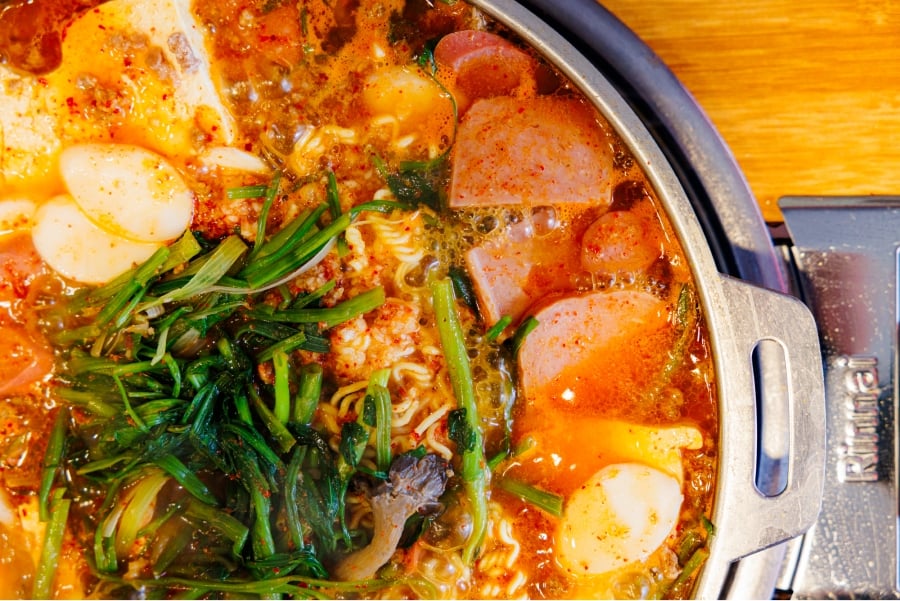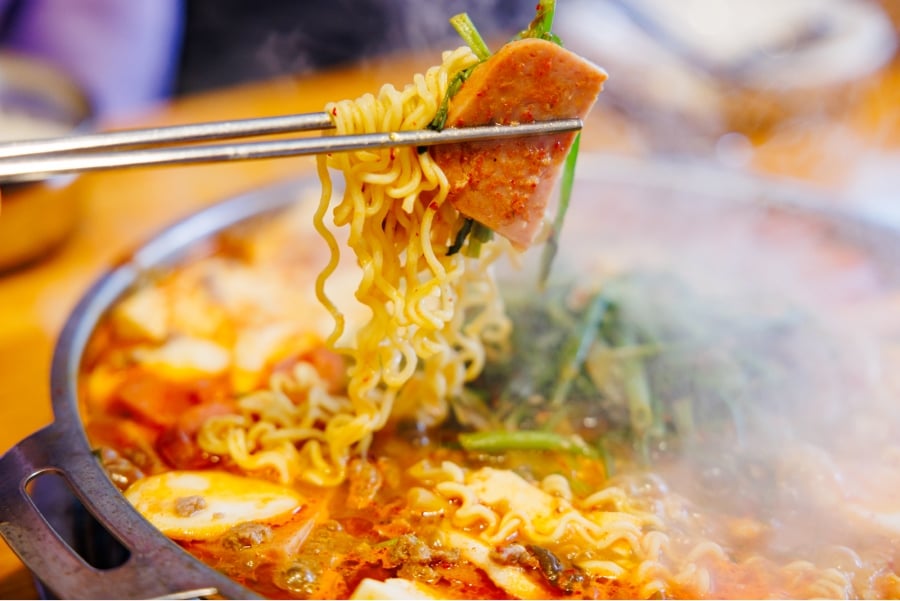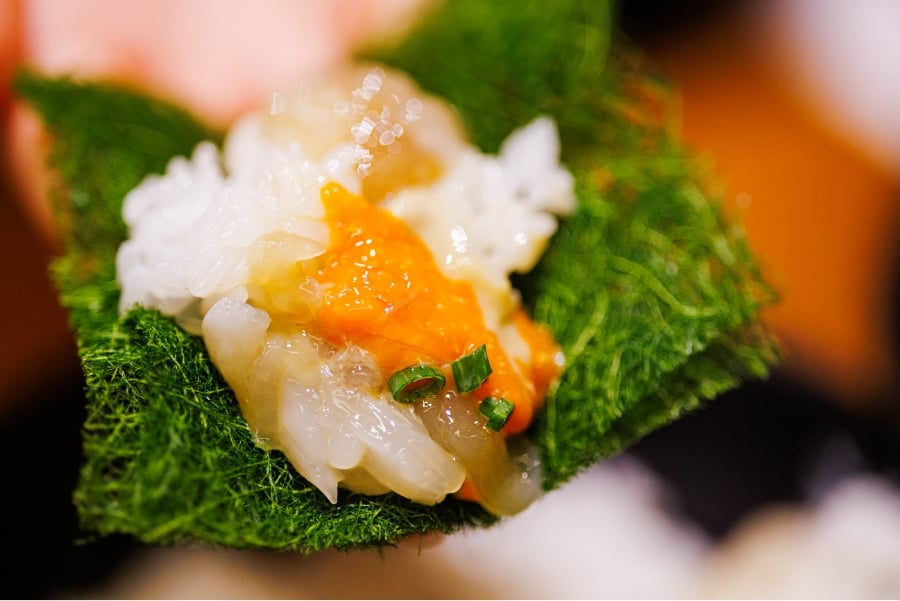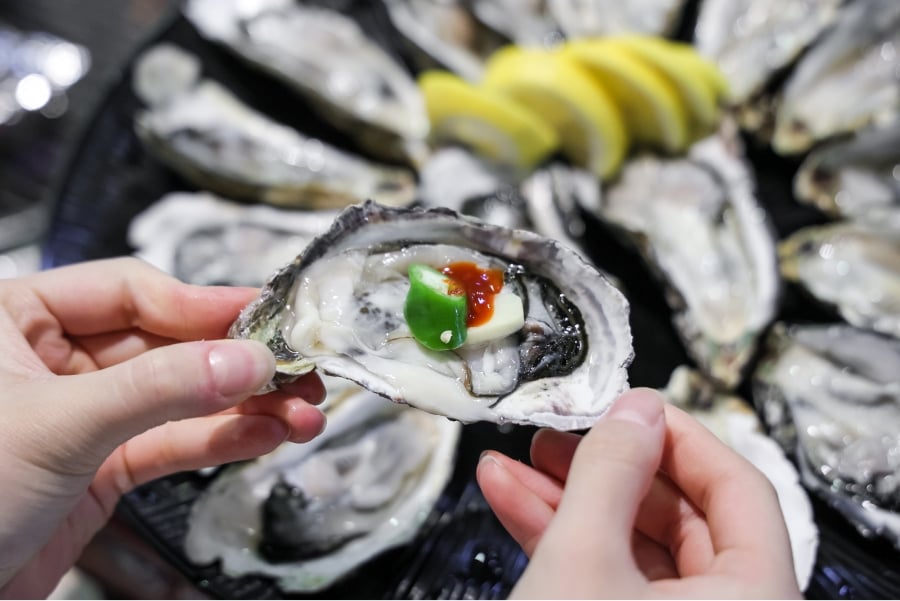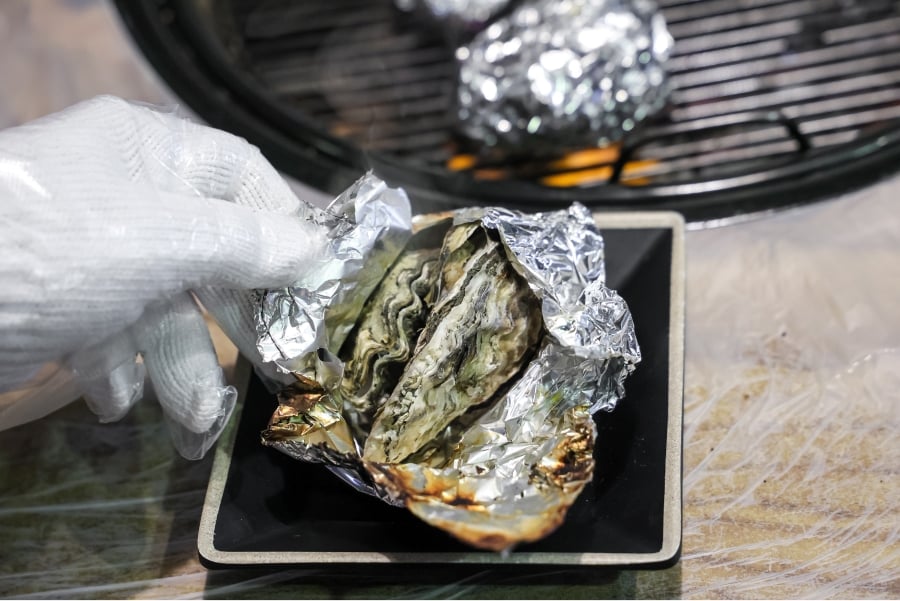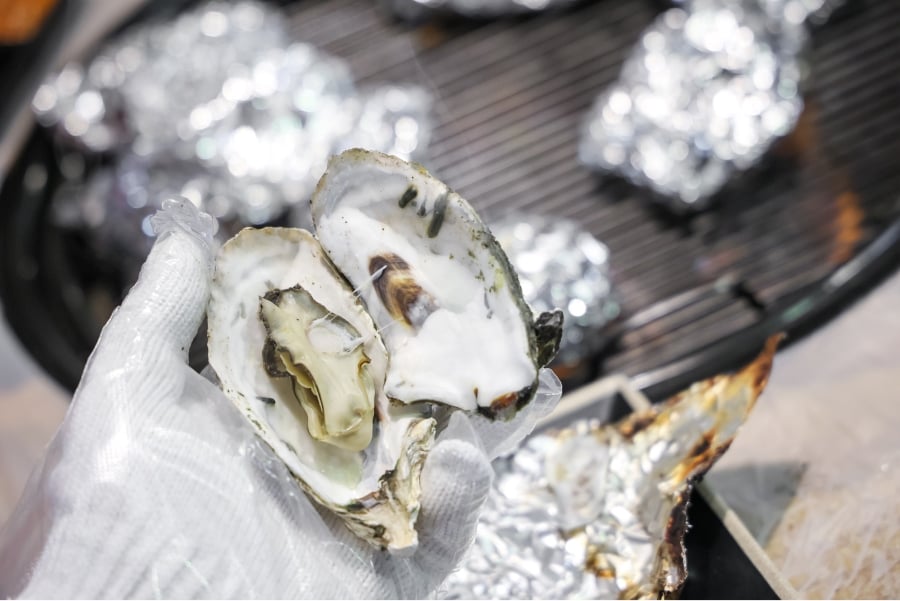The Most Flavorful Delicacies to Savor in Korea
Korean Dishes Not to Miss

Korea boasts an array of diverse dishes, yet certain delicacies stand out as absolute must-tries. From the comforting allure of Black Bean Sauce Noodles and Sausage Jjigae to the delightful yet reasonably priced flavors found in Soy Sauce Marinated Crab and Oysters, these dishes are essential for anyone seeking an authentic taste of Korean cuisine during their visit.
The Iconic Dish from K-Dramas
Black Bean Sauce Noodles
Black Bean Sauce Noodles feature thick Chinese noodles topped with a sauce made by Stir-Frying Chunjang (Sweet Bean Sauce), onions, cabbage, and meat in oil. Originating from Chinese Black Bean Sauce Noodles, this dish was adapted in Korea by infusing sweetness into the Chunjang, creating a flavor tailored to Korean palates. Black Bean Sauce Noodles are a popular choice when dining out for Koreans and have garnered significant attention from foreigners, thanks to their prominence in K-Dramas. The dish's initially unfamiliar black sauce surprises many with its distinct savory taste and the rich oiliness of Chunjang, frequently captivating the curiosity of newcomers. Recently, due to the active participation of Mukbang (online broadcasts of people eating food) YouTubers - an originally Korean term now embraced worldwide - foreigners are purchasing Korean Black Bean Sauce Noodles Ramyeon to savor themselves. In Korea, this dish comes in diverse forms: from the classic version with sauce over cooked noodles to Thick Black Bean Sauce Noodles, where the sauce and noodles are served separately, with the sauce stir-fried without moisture in oil. Variants include Premium Black Bean Sauce Noodles with Seafood and Jumbo Black Bean Sauce Noodles presented on large platters. Among these, Thick Black Bean Sauce Noodles, cherished by Koreans, combine a thick sauce with crisp vegetables and chewy, soft noodles.




